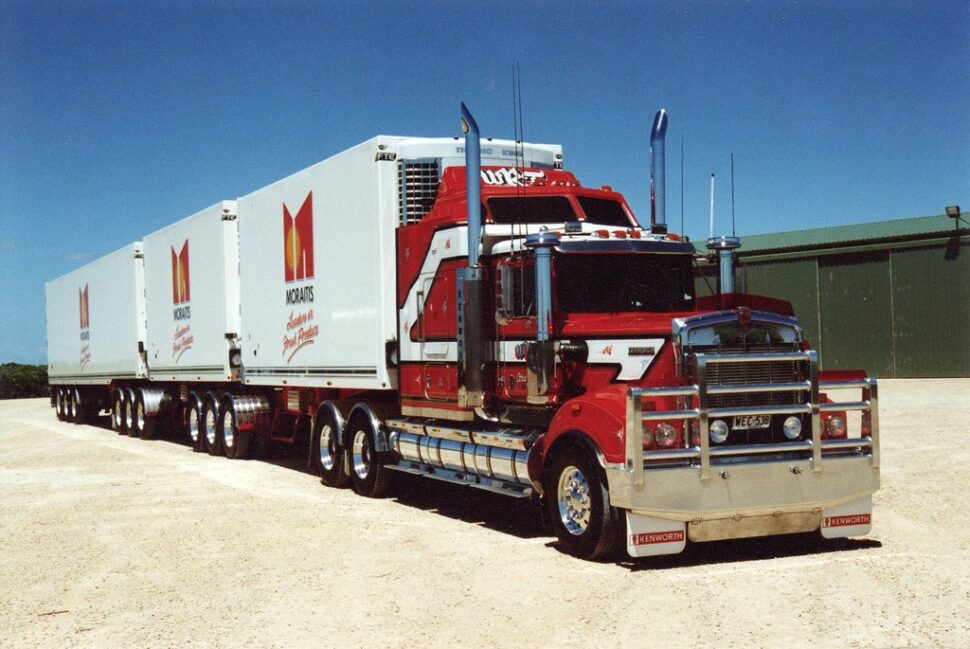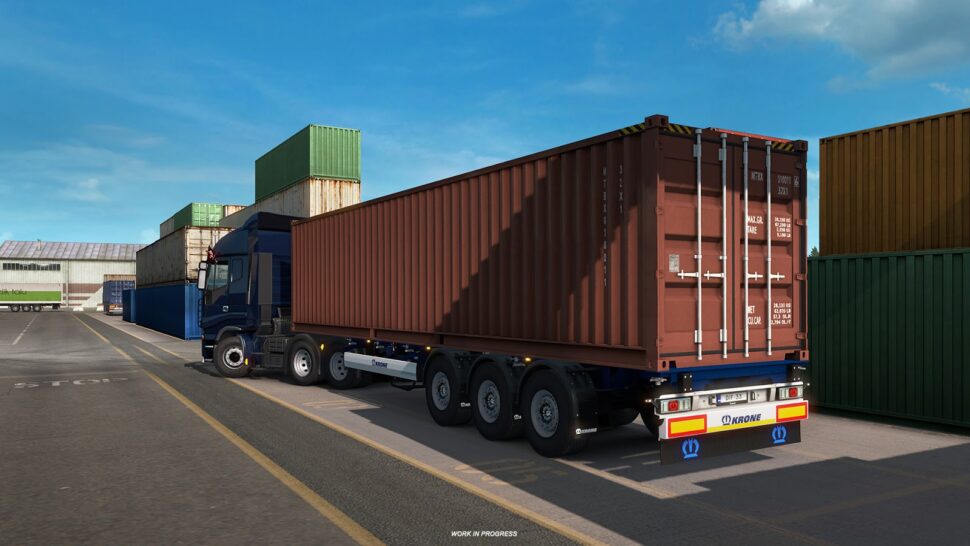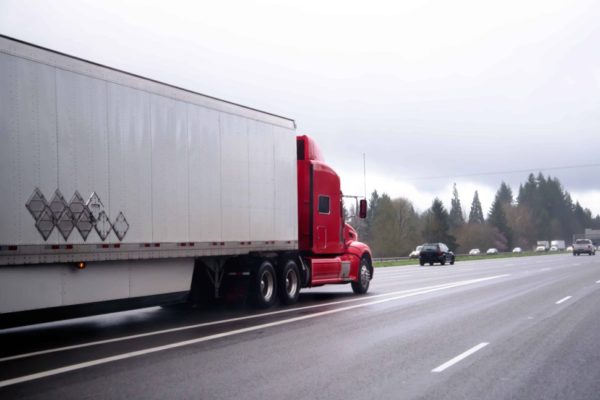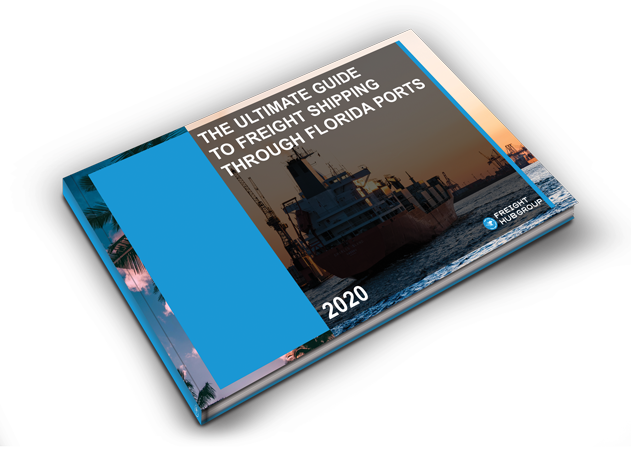
If you’re thinking of getting into the trucking industry, one of the first things you’ll need to do is get yourself a trailer. Trailers are essential pieces of equipment for truckers, as they allow you to transport goods from one place to another.
But with so many different types of trailers available on the market, it can be difficult to know which one is right for you. In this blog post, we’ll introduce you to the different types of trailers available and explain what each one is used for. We’ll also give you some tips on how to choose the right trailer for your needs.
What are Trucking Trailers?
Trucking trailers are a type of vehicle used to transport goods and could be managed by third party logistics provider. They have an open top, which allows cargo to be loaded and unloaded easily. The trailer also has a flatbed, which makes it easier to transport large items.
Trailers come in different sizes and can hold a variety of loads, including furniture, cars, and construction materials. They are often used for long-distance transportation or when the load needs to be moved quickly and efficiently.

Heavy Haul Trailer Types
Trailers are a vital part of any trucking business. They’re used to transport goods from one place to another, and they come in many different shapes and sizes. Here are different kind of trailers in trucking industry:
RGN Trailers
Based on the capacity required, the RGN Trailers can be configured with two or three axles, the most commonly used member of the RGN family.
Carriers hauling large industrial equipment benefit from RGNs because they are easy to use. Once you reach your destination, simply drive the trailer off, secure your equipment, and drive it off once it has left the trailer. The loading/unloading process is no longer dependent on cranes and forklifts.
Refrigerated Trailers (Reefers)
A refrigerated trailer (also called a reefer) is designed to transport Expedited Freight that requires temperature control. Perishable goods can only be hauled in these trailers due to their insulated walls and temperature control. These trailers are commonly used to carry fruit, pharmaceuticals, and ice cream products.
Extendable Drop-Deck Trailers
Long freight is hauled on these trailers. This can be accomplished by extending the middle portion of these trailers from 38 feet to 65 feet at their maximum length.
Similar to the standard drop deck trailer, these trailers have a maximum capacity of 40,000 pounds and a maximum legal height of 10 feet.
Drop-Deck/Step-Deck Trailers
Drop deck trailers are designed with an upper deck and a low-profile rear section. This type of trailer can haul loads up to 10 feet, 2 inches high before being considered overdimensional.
The lowest point of a drop deck trailer is only 3 feet, 6 inches, as opposed to the 5 feet of a flatbed trailer. Each of these trailers has an upper and lower deck close to the ground length of 10 feet and 43 feet, respectively, in the 53-foot version.
Conestoga Trailers
The Conestoga trailer is a specialized trailer designed to provide in-transit weather protection for freight. Conestoga trailers come in step-deck, double-drop, and flatbed versions, which are typically 53 feet long, making them a great alternative to many open-deck trailers
Dry Van Trailers
There are several types of specialty trailers on the road today, but the most common is the dry van trailer which measures 53 feet in length.
The items we use every day are usually shipped in dry van trailers. Many of the world’s biggest companies use dry van trailers to transport their inventory, including Walmart, Target, and
Procter & Gamble. A dry van trailer is commonly used to transport household goods, non-perishable frozen food items, heavy duty and clothing.
Types Of Dry Van Trailers
Each dry van trailer is designed for a specific purpose and comes in a variety of shapes and sizes.
Reefer trailers, box truck trailers, and flatbed trailers are the three most common types of dry van trailers. Perishable goods such as produce or meat are typically transported in reefer trailers. A box truck trailer is commonly used to transport manufactured items like furniture or electronics.
The following are the most common sizes of dry van trailers.
- 53-Foot Trailers: An 53-foot trailer can hold 45,000 pounds and 26 pallets by using its floor space. This type of trailer measures 53′ long, 8’6″ wide, and 8’6″ hieght.
- 48-Foot Trailers: A 48-foot trailer can hold up to 43,000 pounds and 24 pallets in total. Approximately 48′ x 8’6″ is the size of this trailer.
- 28-Foot Trailers: These trailers can hold 22,500 pounds and 14 pallets at most. A 28-foot by 8-foot by 9-foot trailer has these dimensions.
- Box Trucks: These trailers can hold up to 22,500 pounds and 14 feet of cargo

Pros And Cons Of Different Trailer Types
PROS:
- They can consolidate a range of materials into one shipment, making them an excellent option for those not shipping hazardous, oversized, or perishable goods.
- Trailers also provide security and protection from severe weather, damage, and theft during transit.
- Dry van trucking company offer regional and short hauls in addition to long hauls so you have flexibility in scheduling your shipments and choosing routes.
- Dry vans are also efficient because the trailer can move a wide variety of freight types- including most types of trucks.
CONS:
- Finding the right trailer for your freight can be difficult.
- These trailers are often targeted by thieves, so security is a top priority.
- Dry vans have a smaller capacity than other types of trailers due to their different lengths, weight, and height requirements







